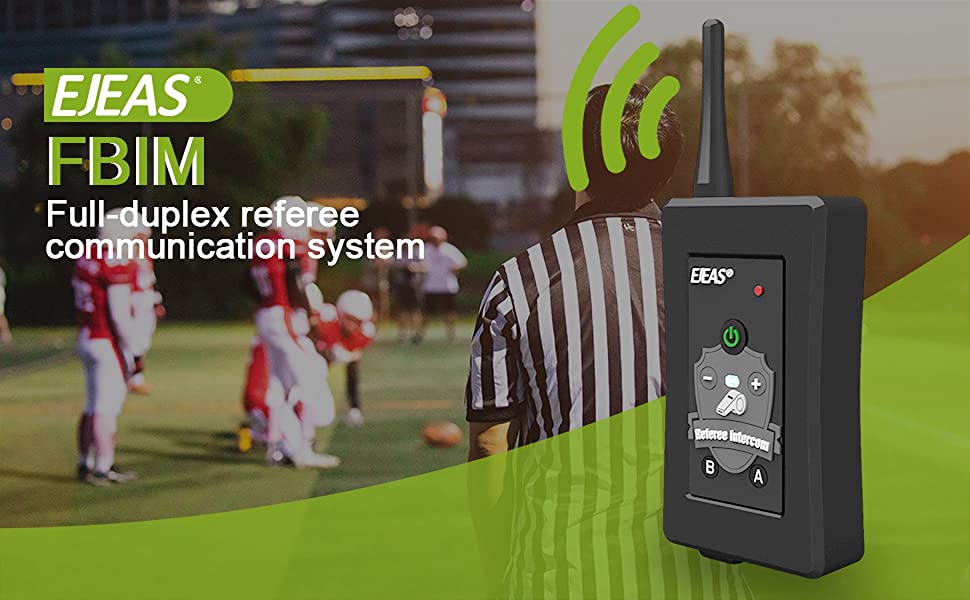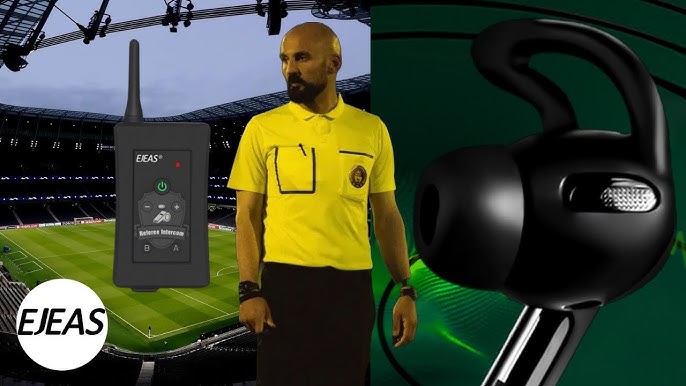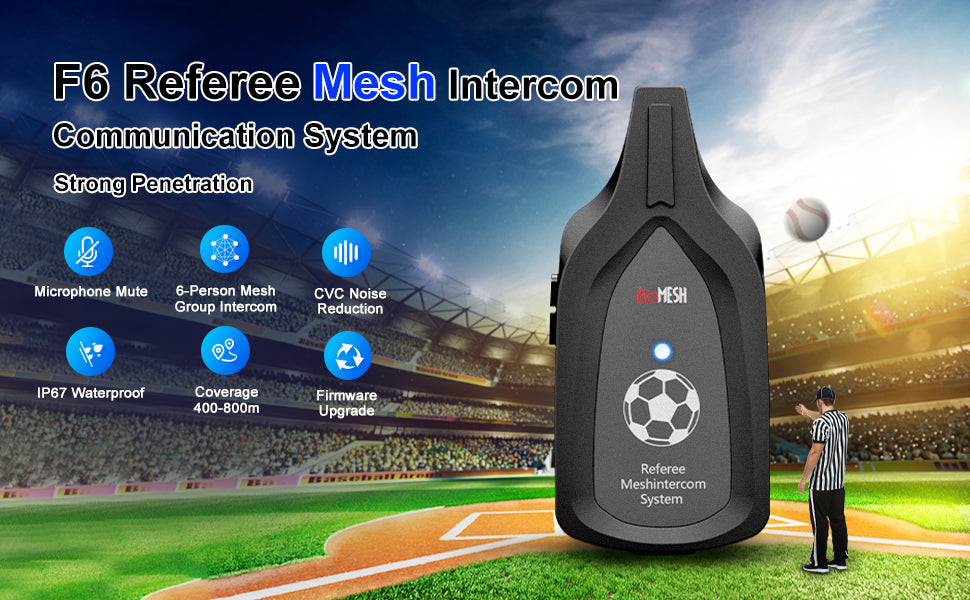Intercom systems have been widely used in various settings, such as schools, hospitals, and offices, to facilitate communication between individuals or groups within a building or campus. In this article, we will discuss five common devices used in intercom systems.

Walkie Talkies
Walkie talkies are handheld, portable radios that allow for two-way communication between users. They are commonly used in settings where mobility is necessary, such as construction sites or large events. In an intercom system, walkie talkies can be used by security personnel or maintenance staff to communicate with each other and with a central control station.
Telephones
Telephones are another common device used in intercom systems. They can be used for two-way communication between individuals or groups within a building, or for communication with an external party such as emergency services. Intercom systems can be integrated with phone systems to allow for seamless communication between the two.
Public Access Loudspeaker Systems
Public access loudspeaker systems, also known as PA systems, are used to broadcast announcements or messages to a large group of people in a public space. In an intercom system, PA systems can be used to make general announcements to a building or campus, or to provide emergency notifications in case of a fire or other hazard.
Wall Mounted Speakers
Wall mounted speakers are a type of loudspeaker that can be installed on walls or ceilings in various rooms or areas of a building. They are commonly used in intercom systems to allow for two-way communication between individuals or groups in different rooms or areas. Wall mounted speakers can also be used for music or other audio playback.
Phone Systems
Phone systems, such as PBX (Private Branch Exchange) systems, are used for internal communication within a business or organization. In an intercom system, phone systems can be used to connect different departments or locations within a building or campus, allowing for seamless communication between them.

In conclusion, walkie talkies, telephones, public access loudspeaker systems, wall mounted speakers, and phone systems are all common devices used in intercom systems. By integrating these devices into an intercom system, effective communication can be established between individuals or groups within a building or campus, promoting safety and efficiency.






Share:
Cardo vs. Ejeas: Which is the Better Motorcycle Intercom System?
Why do motorcycle guys wave low?
1 comment
Thank you for sharing this informative article on the common devices used in intercom systems. It’s concise yet comprehensive, making it easy for readers to understand the essential components involved. This knowledge is invaluable for anyone interested in setting up or upgrading their intercom system. Keep up the great work!